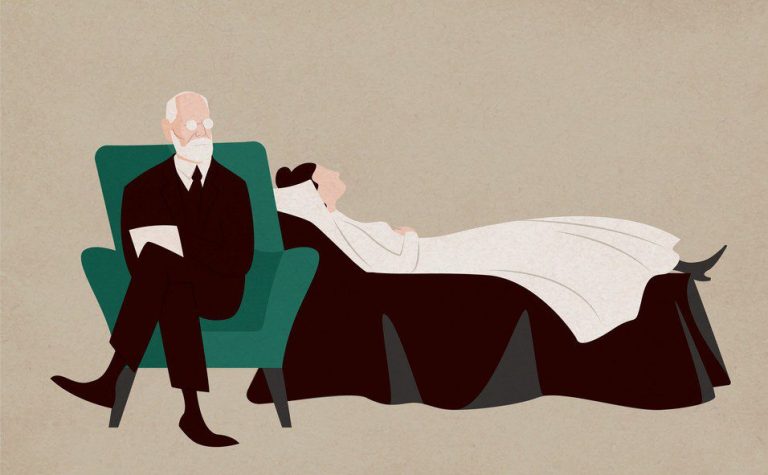Is my attachment style affecting my sexual life?
You may have realized that you have a behavioral pattern in your relationship with others including your partner, friends, family members, etc. This pattern can include your attitudes, beliefs and expectations in the context of the relationship. This situation can be attributed to the Attachment Theory which was developed by psychologist John Bowlby.
In this theory, as infants, our first emotional bond (attachment) with our primary caregivers plays an important role in our future relationships. Our adult relationships are shaped according to our unique experiences with our caregivers. There are four different types of attachment styles with different characteristics. These styles are secure, anxious, avoidant, and disorganized. If you want to learn about attachment styles in detail you can find more information here.
The secure attachment refers to when a caregiver almost always responds to the child’s needs. These children become self-confident adults and they feel comfortable with being intimate with others in close relationships. Differently, people who have an avoidant attachment style can feel threatened with intimacy as they would feel like it limits their freedom and makes them vulnerable. Individuals with anxious attachment do want closeness and intimacy in their relationships but they may have boundary issues such as giving up on their own needs for the sake of the relationship. Lastly, in the disorganized style, a caregiver can not respond to the child’s needs appropriately. The disorganized style involves the characteristics of both the anxious and the avoidant style. As adults, they can feel very confused about what they want in their relationships.
In our sexual lives even when our behaviors seem purely sexual there can be underlying motivations related to our attachment styles such as the need for intimacy, manipulation, and stress reduction.
In terms of motivations for sex, the anxious attachment style is thought to be related to emotional closeness, approval and reassurance. It is not surprising to see such motivators in an anxious style since they experience constant anxiety towards their relationship and their partner in a sense of mistrust. The anxious type is also associated with overall high motivation for sex which can be due to the need for intimacy.
Differently, in the avoidant style, it is possible to see discomfort caused by sexual intimacy. This discomfort may lead the individual to have unemotional, casual sex which does not involve closeness. They can also be more focused on themselves and their needs. With such a pragmatic point of view, occasionally they can have sex for stress reduction motives.
With a disorganized style, people can experience anxious and avoidant patterns in their sex life. As in the anxious type, they can suffer from low self-esteem, and similarly, in the avoidant type, they often may engage in emotion-free sex.
It is worth mentioning that even though your attachment style influences your sex life, the way you and your partner’s style pairs also determines this process. Being aware of your and your partner’s attachment style can help you to develop an insight into your relationship and your sex life. It would help you to understand yourself and your partner from a broader perspective and work on your issues more efficiently.
If you need some professional advice on this issue, book an appointment here!
Başak Turan is an intern at Willingness. She is a psychology graduate and currently a Clinical Psychology master’s student at the University of Bergamo, Italy.
References:
Bowlby, J. (1968). Attachment and Loss, Vol. 1: Attachment. New York: Basic Books.Davis, D., Shaver, P. R., & Vernon, M. L. (2004). Attachment style and subjective motivations for sex. Personality & social psychology bulletin, 30(8), 1076–1090.






